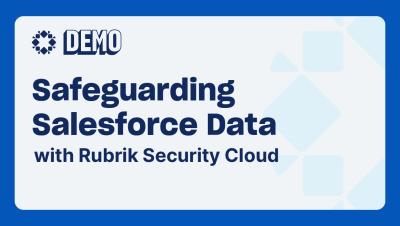The Long Road to Recovery Following a Ransomware Attack
When it comes to the duration of a ransomware attack and the subsequent recovery process, the numbers are staggering and vary wildly. Partly because there’s no single source which compiles all the information in a consistent manner. On average, a cyber attack can last anywhere from a few days to several weeks, with the recovery time often extending to months or even years.











